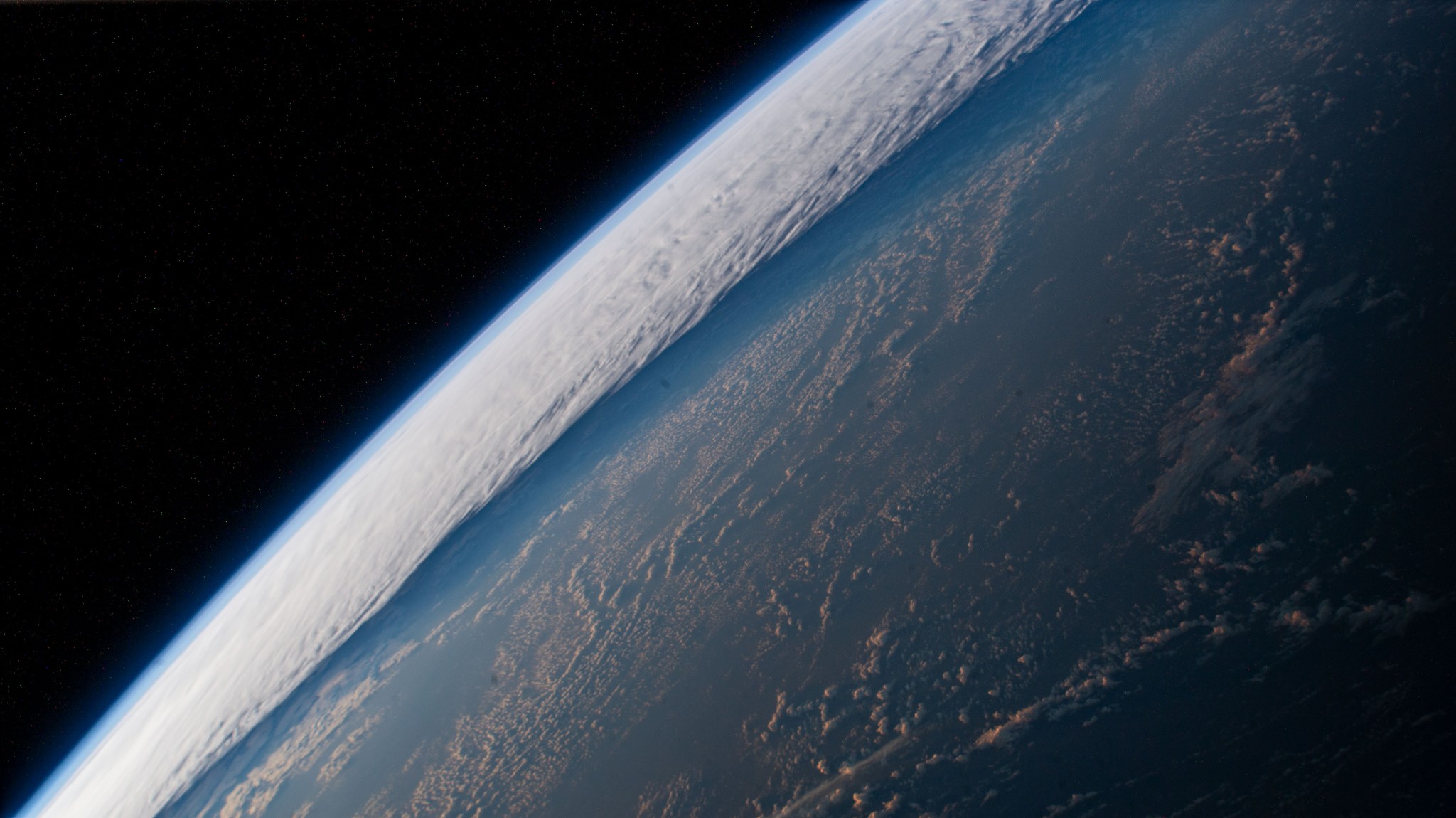NASA will participate in the 27th United Nations Climate Change Conference of the Parties (COP27) in Sharm El Sheikh, Egypt, which begins Sunday, Nov. 6, and runs through Friday, Nov. 18. The COP27 summit brings together countries from around the world to increase ambition by implementing existing goals and strengthening commitments to solutions that address climate change.
The agency’s vantage point from space provides critical information to advance understanding of our changing planet, including impacts from greenhouse gas emissions, the effects of warming including the decline of Arctic Sea ice, rising sea levels, more severe wildfires and shifting animal migration patterns.
“NASA has a unique role in the global effort to continue understanding impacts of climate change and in addressing and mitigating those impacts,” said NASA Administrator Bill Nelson. “Beyond our Earth-observing satellites in space, instruments and research which provide an unparalleled understanding of our home planet, we are committed to working with our international partners to provide free and open data to the public. NASA is excited to be part of the discussions at COP27 to help answer the most pressing questions in addressing climate change.”
Throughout the conference, NASA staff and scientists will speak at several events and give presentations at the NASA Hyperwall, an interactive visual display of NASA imagery and data. Staff in attendance will include:
- Kate Calvin, NASA’s chief scientist and senior climate advisor
- Susie Perez Quinn, NASA’s chief of staff
- Tahani Amer, program executive, NASA Earth Science Division
- Laura Lorenzoni, program scientist, ocean biology and biochemistry, NASA Earth Science Division
- Mike Falkowski, program scientist, terrestrial ecology, NASA Earth Science Division
To inquire about interview availability with one or more of these staff members, media should contact Tylar Greene at: tylar.j.greene@nasa.gov.
The NASA Hyperwall will be a main attraction at the U.S. Center. NASA scientists will provide two presentations per day, showing how NASA’s global leadership in climate science and research helps model and predict ocean health, heat waves, wildfires, hurricanes, floods, and droughts. The full list of NASA presentations during the conference is available online.
Climate adaptation and mitigation efforts cannot succeed without robust climate observations and research. NASA’s fleet of satellites and instruments observe how the planet is changing and measure key climate indicators, such as rising sea level, intensity of precipitation, and greenhouse gases in the atmosphere.
NASA is currently working to launch the next generation of Earth observing satellites- the Earth System Observatory, which will provide a 3D, holistic view of Earth to help us better understand what our planet’s changes mean for humanity. NASA is also designing an Earth Information Center, which will allow people to see how our planet is changing and provide easy-to-use information and resources that support decision makers to mitigate, adapt and respond to climate change.
For more information about NASA’s Earth science programs, visit:
-end-
Tylar Greene
Headquarters, Washington
202-358-0030
tylar.j.greene@nasa.gov

























